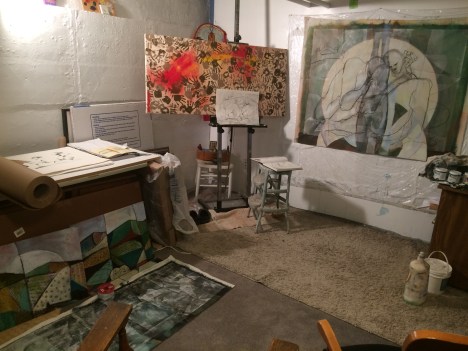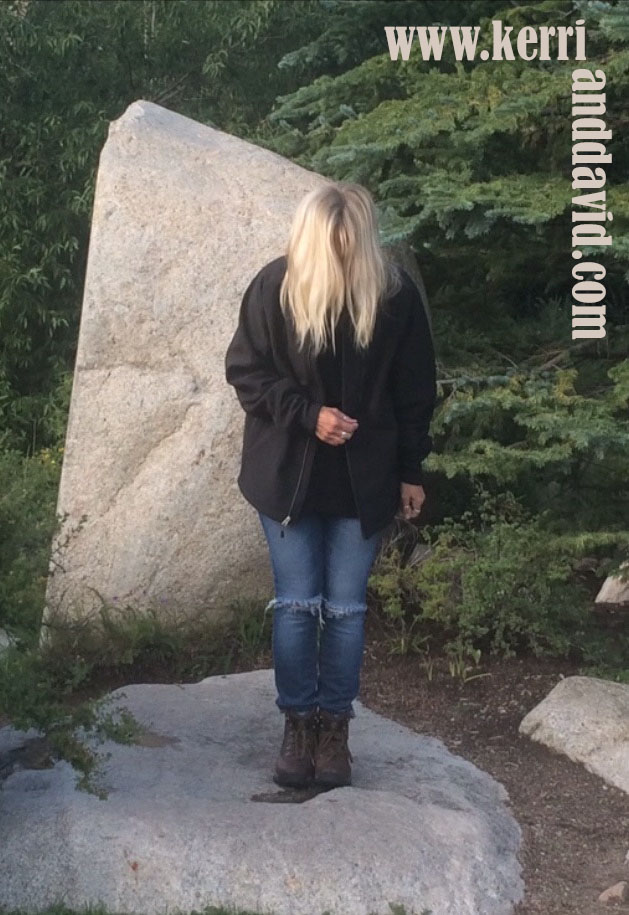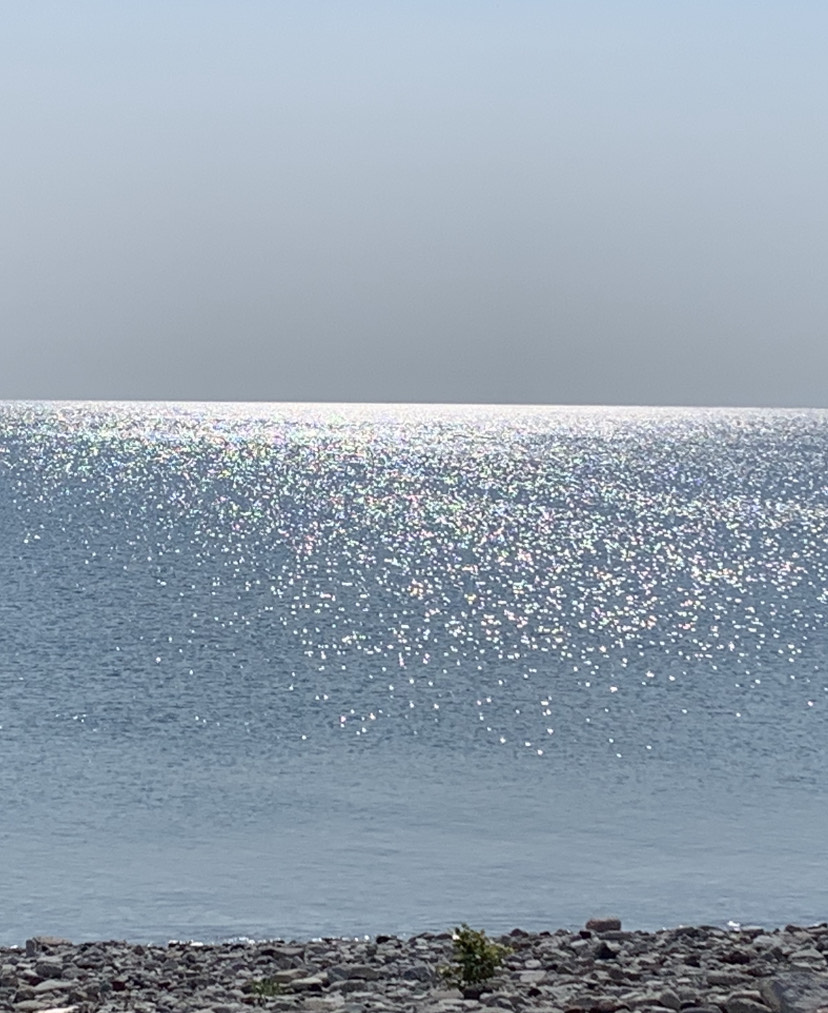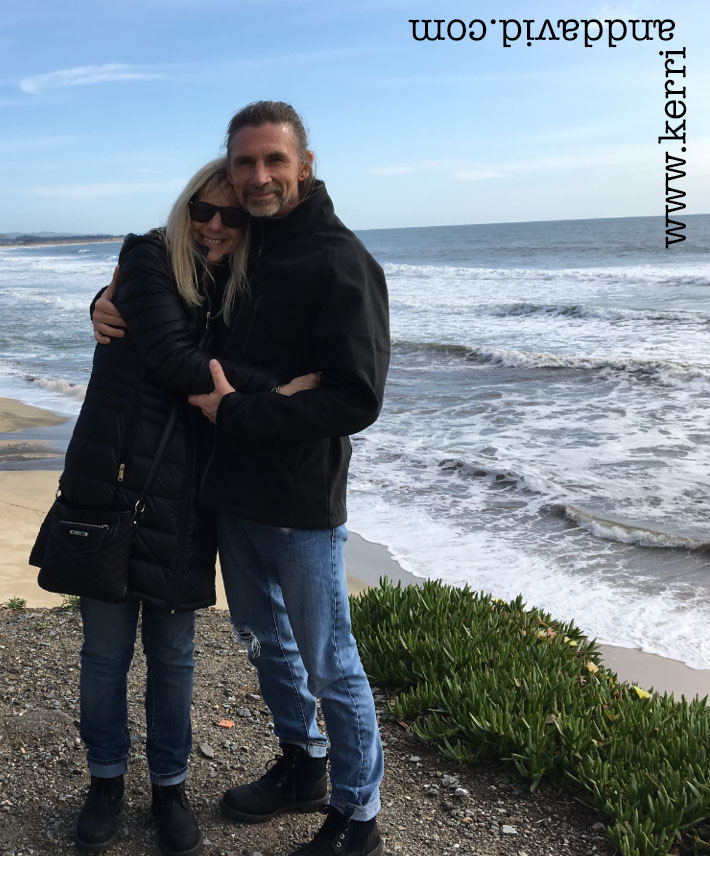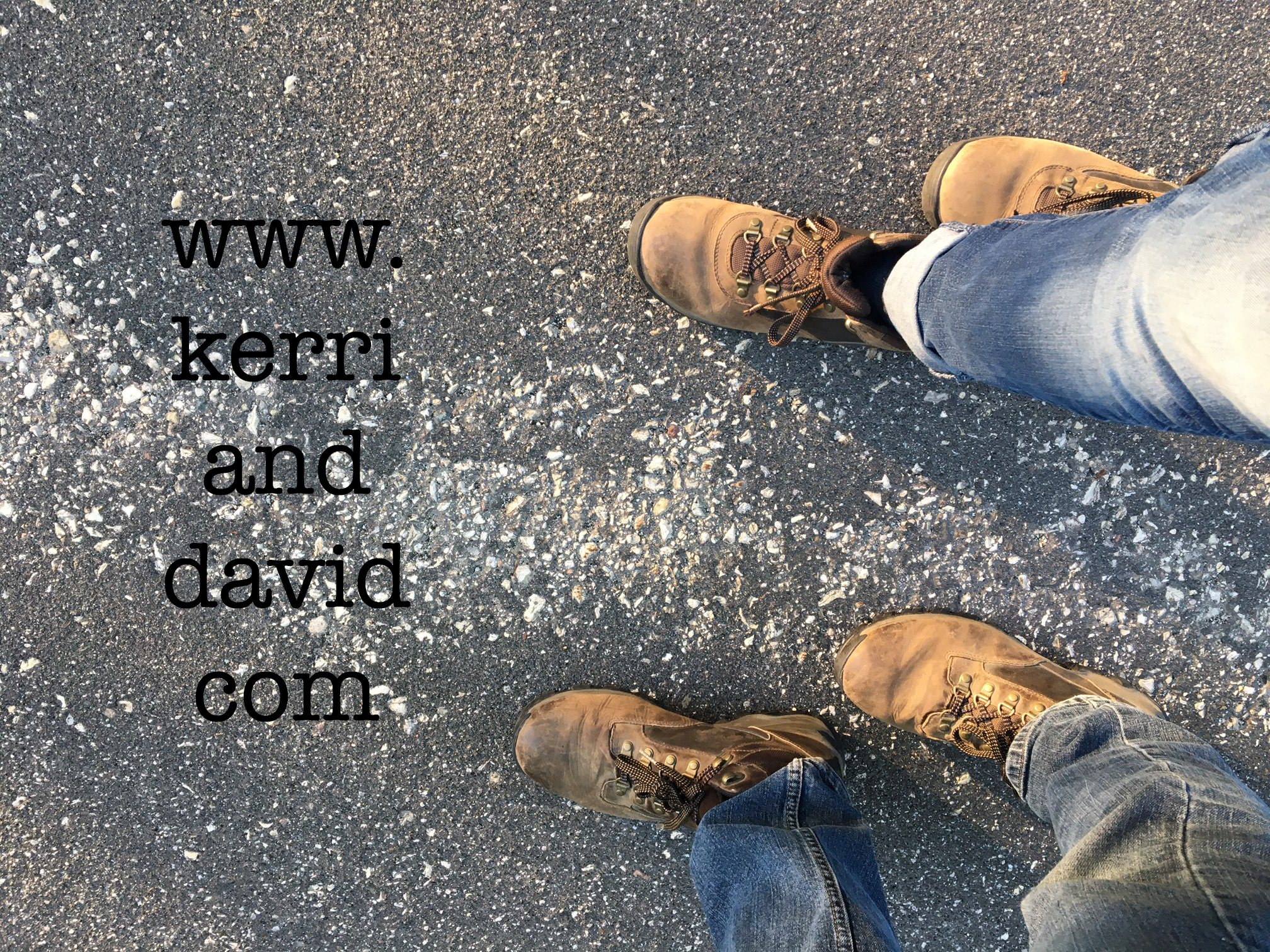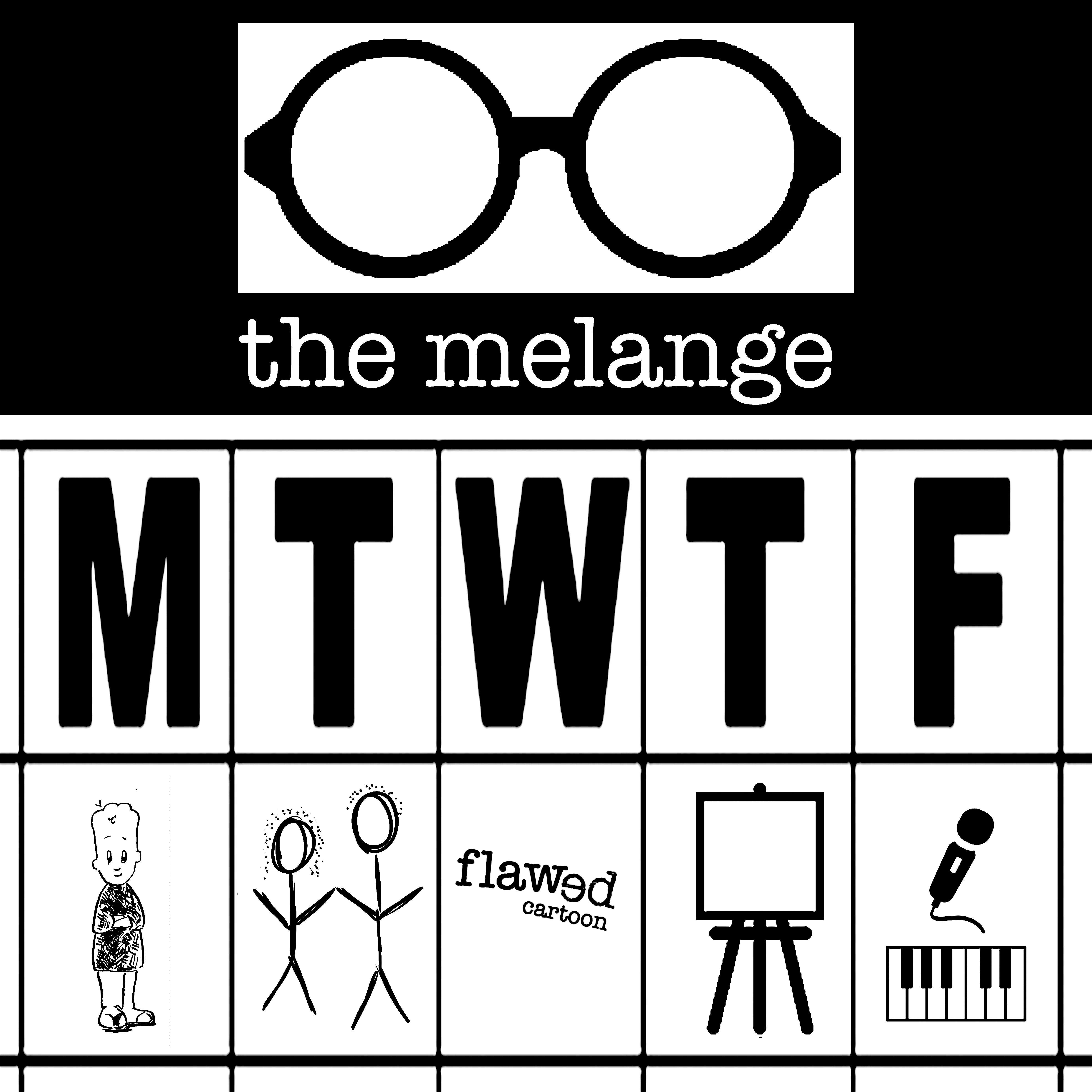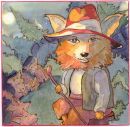In college, I learned from our technical director, Steve, to thoroughly clean the shop at the end of each day. Every tool was put back in its place. The floor was swept of sawdust. Brushes washed and paint cans sealed and re-shelved. The shop was returned to zero so we might start afresh the next day. We learned that taking care of our space was an act of taking care of our art. Self care. I carried that lesson forward in my life, in the theatre companies I had the privilege of guiding.
I learned that it feels good to take care of your space. I also learned that it fosters something vital and often elusive for artists: ownership and a sense of responsibility for their artistry. It’s grounding. I’ve had the unhappy experience of witnessing artists (and business leaders) who have a bevy of assistants follow them with brooms, like the guys with buckets and shovels following the horses in a parade. Cleaning your own space prevents the unhappy ego-ascension onto a personal pedestal; a guaranteed artistry killer. A guaranteed community killer.
I’ve also had the unhappy experience of witnessing artists in full fear of their artistry. Making a hot mess and cleaning it up is a great cure for even the most dedicated perfectionist. Instead of art, intend to make a mess. Then clean it up. Repeat. You’d be amazed at the impossibly beautiful work that emerges when the impossible expectation is put in its proper place.
The abrupt and abundant snow earlier this week brought an end to the plants on our deck and potting bench. We spent a good part of the weekend cleaning out and storing the clay pots, raking the leaves, clipping the peonies and containing the tall grasses. Readying the yard for the return of spring. While clipping the plumes I was for a moment thrust back into the shop in college. Steve walked by, the keys on his belt jangling. Time to clean up and close up for the night. I smiled. I doubt that he understood how important his simple requirement of keeping the space clean would become for me, a north star for those moments when I was attempting to climb on my pedestal or was afraid of my gift.
read Kerri’s blogpost about THE BENCH
likesharesupportcommentthankyou
Filed under: Art, Creativity, Flawed Wednesday | Tagged: artistry, david robinson, davidrobinsoncreative.com, expectation, fear, guiding stars, Kerri Sherwood, kerri sherwood itunes, kerrianddavid.com, kerrisherwood.com, perfection, responsibility, self care, space, story, studio melange, the melange | 1 Comment »



